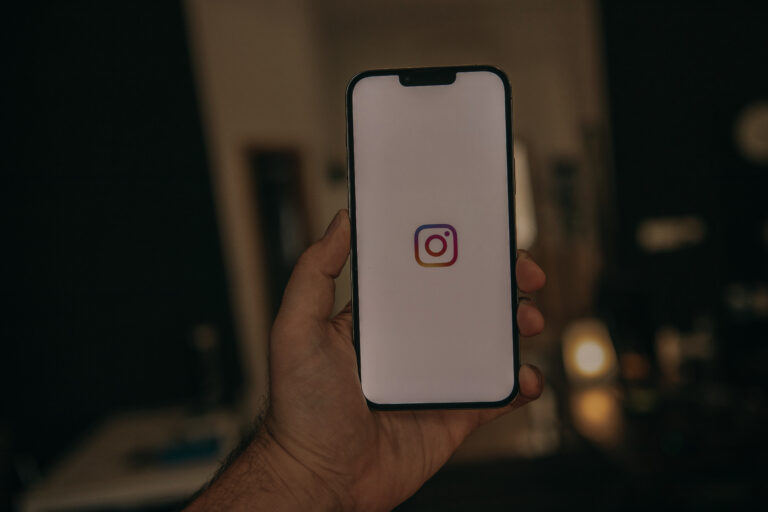In the high-stakes world of digital marketing, the spotlight often shines on macro-conversions—those coveted, clear-cut outcomes like a completed purchase, a form submission, or a booked demo. But while macro-conversions are the ultimate goal, it’s the micro-conversions that pave the path to get there.
Think of them as the small, yet crucial, steps a user takes before fully committing. These are the digital handshakes—the subtle moments of interest and engagement that, when properly nurtured, can dramatically boost your overall performance.
So what exactly are micro-conversions, and how can you use them to your advantage?
What Are Micro-Conversions?
Micro-conversions are the smaller interactions users make as they move through your digital funnel. They’re often not revenue-generating by themselves, but they indicate intent, interest, or a level of trust. Examples include:
- Clicking on a product category
- Watching a product demo video
- Adding an item to a wishlist
- Signing up for a newsletter
- Downloading a guide or whitepaper
- Spending more than X minutes on a site
- Sharing a blog post on social media
Each of these actions suggests that a visitor is progressing through the buyer’s journey—and that your marketing efforts are resonating.
Why Micro-Conversions Matter
- Better Funnel Visibility
Macro-conversions give you the result, but micro-conversions reveal the journey. They help you identify where users are dropping off, where they’re engaging, and what content or design choices are influencing behavior. - Improved Personalization
Tracking micro-conversions allows for more personalized marketing. If someone downloaded a pricing guide, you can serve them more bottom-of-funnel content. If they watched an introductory video, perhaps it’s time to invite them to a webinar. - Increased Conversion Rates
By optimizing for micro-conversions, you smooth out friction points and guide users more gently toward the ultimate goal. It’s not always about pushing harder—it’s about guiding smarter. - Stronger Retargeting Strategies
Micro-conversions make retargeting campaigns smarter and more effective. Someone who read three blog posts might need different messaging than someone who just viewed your homepage.
How to Optimize for Micro-Conversions
- Map the Customer Journey
Start by identifying all the key touchpoints users interact with before they convert. Tools like Google Analytics, Hotjar, or Mixpanel can help visualize these paths. - Set Up Proper Tracking
Ensure your analytics setup captures events beyond just sales or sign-ups. Track scroll depth, video views, click-throughs, and time-on-page. - Create Targeted Micro-Goals
Treat each micro-conversion as a goal in itself. For example, aim to increase newsletter sign-ups by 20%, or boost video view completion rates by 15%. - A/B Test Content and UX
Small changes to CTA placement, button text, or page layout can have a meaningful impact on engagement. Test and iterate based on micro-conversion performance. - Segment and Retarget Based on Behavior
Use behavioral data to segment your audience. Serve different content to someone who’s read five blog posts versus someone who just downloaded your lead magnet.
Small Wins, Big Results
When you master micro-conversions, you stop thinking in terms of isolated actions and start thinking in terms of momentum. Every click, scroll, and interaction is an opportunity to learn, improve, and guide.
In a digital world overflowing with noise, micro-conversions are the quiet signals that tell you what’s working—and what isn’t. They’re the breadcrumbs that lead to your next big win.
So don’t just celebrate the final sale. Start paying attention to the small victories that make it possible.






